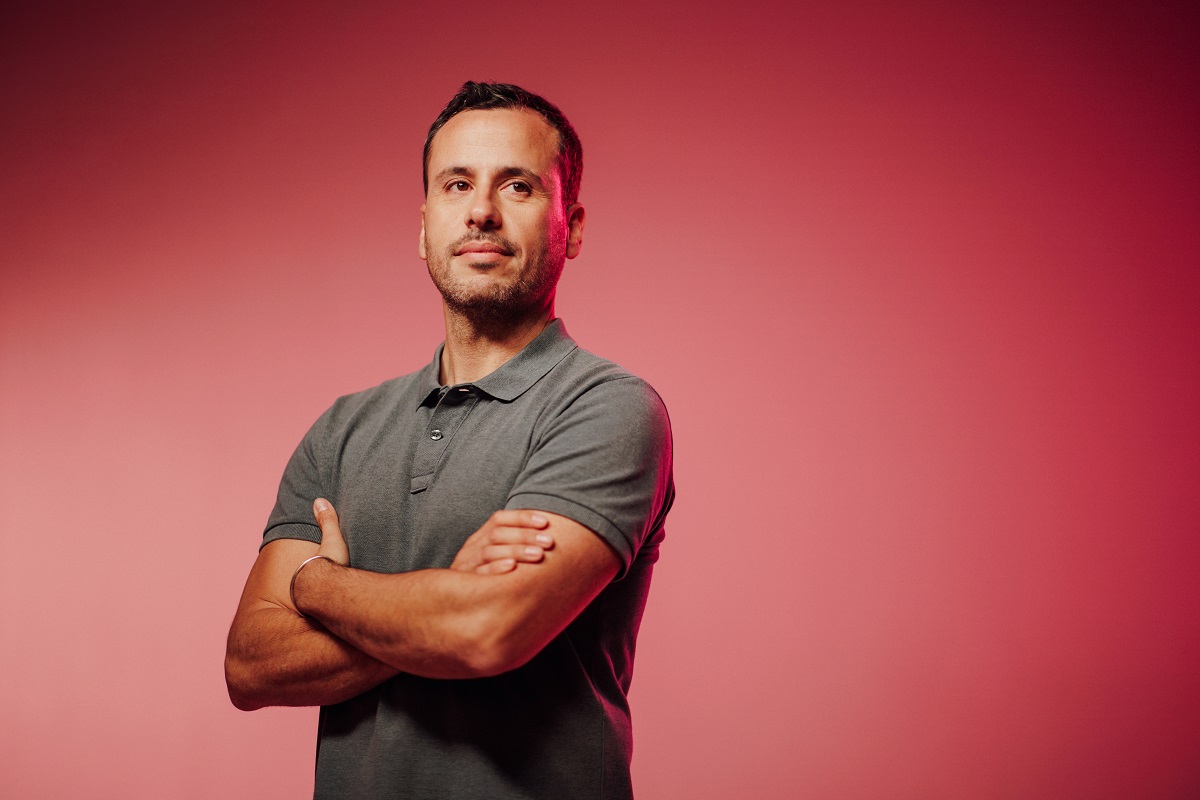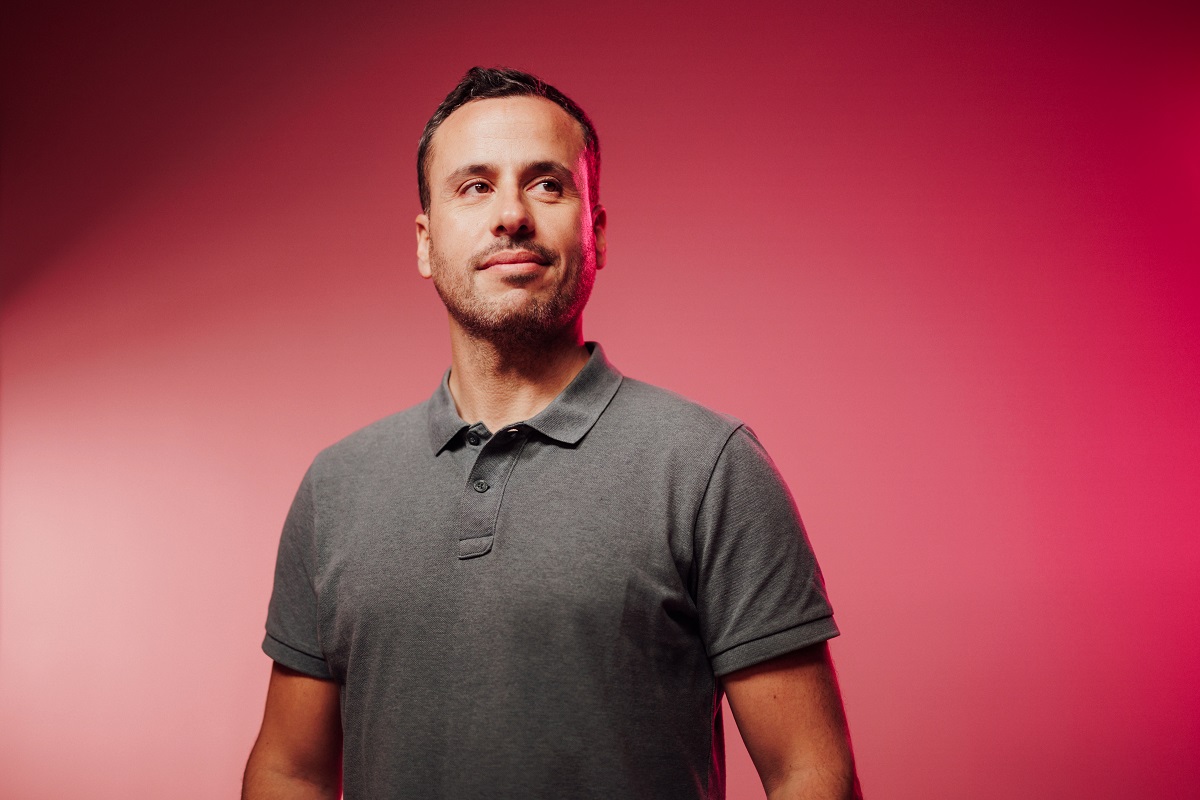- AWS›
- Case Studies›
- AWS Pioneers Project
AWS Pioneers Project
European innovation, told by those who built it
Technology with purpose: ITWILLBE gives identity back to invisible children
Hundreds of thousands of children in India are living on their own on the streets. Some migrated to the cities to escape poverty, others are the victims of gangs but all are in desperate need of help.
For organisations like the Don Bosco YaR Forum and its network of centres, which works with 300,000 street children, the priority is identifying the children so they can be registered and given access to basic services, such as health and education.
In 2016, Spanish NGO ITWILLBE started helping them as part of its broader remit to make social projects more efficient through the use of technology. A few years later, that one initial design of the solution was enhanced with the support of the AWS Giveback initiative. Subsequently, ITWILBE developed a biometric-based identification solution to provide children with a unique and verified digital ID.
AWS Giveback is a scheme for non-profits, offering assistance on how to use technology within their projects.
Meet Pablo Fernandez
Innovation & Tech Manager, ITWILLBE
Scalability improved
The biometric system uses facial recognition to identify people, as well as helping collate the child records that are passed between social workers into one secure place. When it began working with the charity, the situation was very different, says Pablo Fernandez, Innovation & Tech Manager at ITWILLBE.
"The social workers placed children in care centres, but often received incomplete or false information, leaving them uncertain about the children's educational and health history and background."
To add to the issues, the processes used by the social workers were analogue rather than digital.
“They were still working with pen and paper. But we identified that with technology we can help them to start working differently,” he says.
ITWILLBE started building an app, which it called People’s Protection App (PPa), which will help give a digital identity to undocumented people. The app is being validated with Don Bosco YaR Forum in India, and will be rolled out to its network of care centres in India. It may also be launched in other countries.
One of the key ways AWS has improved things is to enable the operational usage and the scalability of the solution through the adoption of the cloud.
“Cloud technology and services make everything much easier. You can manage information in real time, with simpler infrastructure and it allows you to grow accordingly with the needs of the organization. The costs reduce and you get rid of the complexity of specific hardware.”
It has meant that the organisation has been able to help thousands of children more quickly, and the data they are collecting allows them to build a lasting profile of the children they encounter.
Powerful tool
The data is also providing other interesting information; for instance, it was able to pinpoint an illness that affected children in a specific region during the rainy season, meaning local organisations could improve their facilities and the care centres to better deal with sick children.
Fernandez advises NGOs partnering with AWS to clearly define their technology goals and consider end-users’ digital skills. "First, understand the problem. Then, create a solution while considering the users’ digital skills. We had to bridge the digital gap between different people and different layers of organisations. It's crucial to communicate effectively with all of the stakeholders."
When it comes to using facial recognition technology, Fernandez says they work closely with AWS to implement appropriate technical and physical controls to secure their content, ensure the technology is highly accurate, and reduce any potential bias.
"We closely monitor this technology and are very vigilant at identifying and quickly addressing any issues that arise," he says.
Fernandez believes that biometrics can be a very powerful tool for NGOs, in the future helping identify people caught up in a humanitarian disaster or war, or allowing people who are undocumented to finally get IDs, which is crucial for access to a range of services. Indeed, ITWILLBE’s goal is to extend the use of its solution from children at risk to any issue with vulnerable groups, such as migrants that need identification in order to help them to access better services.
AI will also open up many other possibilities for NGOs beyond biometric recognition.
"Given India’s numerous dialects and language groups, real-time translation could enable people to communicate seamlessly. This would be invaluable for NGOs working in the country," he said.
“The key is to remain focused on the users, all of them, not just part of them.”
“The main goal is to give people back the visibility that they don’t have when you have no official means of being identified. This opportunity unlocks the possibility of giving vulnerable people the best services in terms of education, a place to live and healthcare.”
Behind the scenes



Did you find what you were looking for today?
Let us know so we can improve the quality of the content on our pages